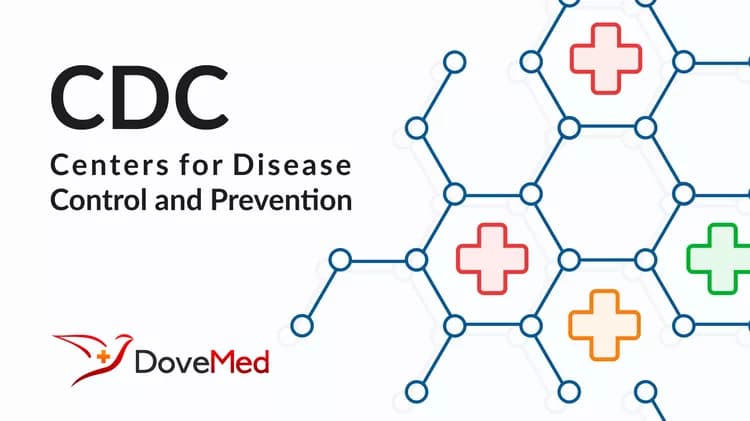
Melanoma Skin Cancer Has Costly And Deadly Impact On America
Melanoma skin cancer has costly and deadly impact on America
CDC releases the most comprehensive melanoma report in the U.S. to date
More than 45,000 cases of melanoma occurred in 45 states and the District of Columbia each year during 2004-2006, according to a report by the Centers for Disease Control and Prevention. Skin cancer is the most common form of cancer in the United States. Melanoma is the third most common skin cancer, but is more dangerous and more likely to cause death than other skin cancers, causing 8,000 U.S. deaths and costing billions of dollars each year.
The report, “Melanoma Surveillance in the United States,†is published online today at http://www.eblue.org/issues?issue_key=S0190-9622%2811%29X0013-0 and appears in the November 2011 issue of the Journal of the American Academy of Dermatology. The supplement was developed in collaboration with the American Academy of Dermatology, the largest dermatology group in the United States.
 “Melanoma is a devastating disease that takes an economic toll on individuals, their families, and society in terms of premature death and lost productivity,†said Marcus Plescia, M.D., M.P.H., director of CDC’s Division of Cancer Prevention and Control. “New policies and prevention strategies are needed to address the leading preventable causes of melanoma, enabling people to be healthier, live longer, and continue to be productive.â€
Melanoma involves cells called melanocytes, which produce a skin pigment called melanin responsible for skin and hair color. Melanoma can spread very rapidly. Although it is less common than other types of skin cancer, the rate of melanoma is steadily increasing.
It is important to find and treat melanoma and any other form of skin cancer early. If left untreated, they can grow quite large and invade nearby tissues, causing scarring, disfigurement, and loss of function in some parts of the body and, in some cases, death.
The journal supplement of 15 articles focuses on melanoma surveillance, trends, and survival rates. Many of the studies used data from CDC’s National Program of Cancer Registries and the National Cancer Institute’s Surveillance, Epidemiology and End Results Program—together covering the largest percentage of the U.S. population ever studied.
Significant findings from articles included in the supplement:
According to a study led by Donatus Ekwueme, Ph.D., CDC, deaths caused by melanoma accounted for $3.5 billion in lost productivity each year. Deaths among men accounted for $2.4 billion of lost productivity (an average of $441,903 per man), and deaths among women accounted for $1.2 billion of lost productivity (an average of $401,046 per woman). The study also found that a person who died of melanoma between, 2000-2006 died 20 years prematurely, compared to 17 years from other cancers.
A study led by Xiao Cheng Wu, M.D., M.P.H., LSU Health Sciences Center New Orleans School of Public Health, examined racial and ethnic variations in melanoma incidence and survival and found that melanoma rates were higher among white females aged 50 and younger, Hispanic females aged 50 and younger, and Asian Pacific Islander females aged 40 and younger, compared to their male counterparts. This study also found that Hispanics, American Indian/Alaska Natives, and Asians were diagnosed with melanoma at younger ages than whites and blacks.
Hannah Weir, Ph. D., CDC, examined melanoma in adolescents and young adults, and found incidence was higher among females compared to males, increased with age, and was higher in non-Hispanic whites compared to Hispanic whites, blacks, American Indians/Alaskan Natives, and Asian and Pacific Islanders.
In 2005, 34 percent of adults had been sunburned in the past year, and in 2004, 69 percent of adolescents experienced sunburn the previous summer according to a study led by David Buller, Ph.D., Klein Buendel, Inc., which examined the prevalence of sunburn, sun protection, and indoor tanning behaviors.
A study led by Todd Cartee, M.D., Emory University, surveyed a small group of dermatologists and found that many were not aware of reporting requirements, although physicians are required by law to report melanomas to central cancer registries.
CDC recommends that people take steps to protect themselves from skin cancer by:
Seeking shade, especially during midday hours.
Wearing clothing to protect exposed skin.
Wearing a hat with a wide brim to shade the face, head, ears, and neck.
Wearing sunglasses that wrap around and block as close to 100 percent of both ultraviolet A (UVA) and ultraviolet B (UVB) rays as possible.
Using sunscreen with sun protective factor 15 or higher, and both UVA and UVB protection.
Avoiding indoor tanning.
For information about CDC’s efforts in skin cancer prevention, visit http://www.cdc.gov/cancer/skin/. For more information from the American Academy of Dermatology on skin cancer, visit http://www.aad.org/skin-conditions/dermatology-a-to-z/skin-cancer. Podcasts about the supplement can be accessed at www.cdc.gov/podcasts.
###
U.S. DEPARTMENT OF HEALTH AND HUMAN SERVICES
Related Articles
Test Your Knowledge
Asked by users
Related Centers
Related Specialties
Related Physicians
Related Procedures
Related Resources
Join DoveHubs
and connect with fellow professionals

0 Comments
Please log in to post a comment.